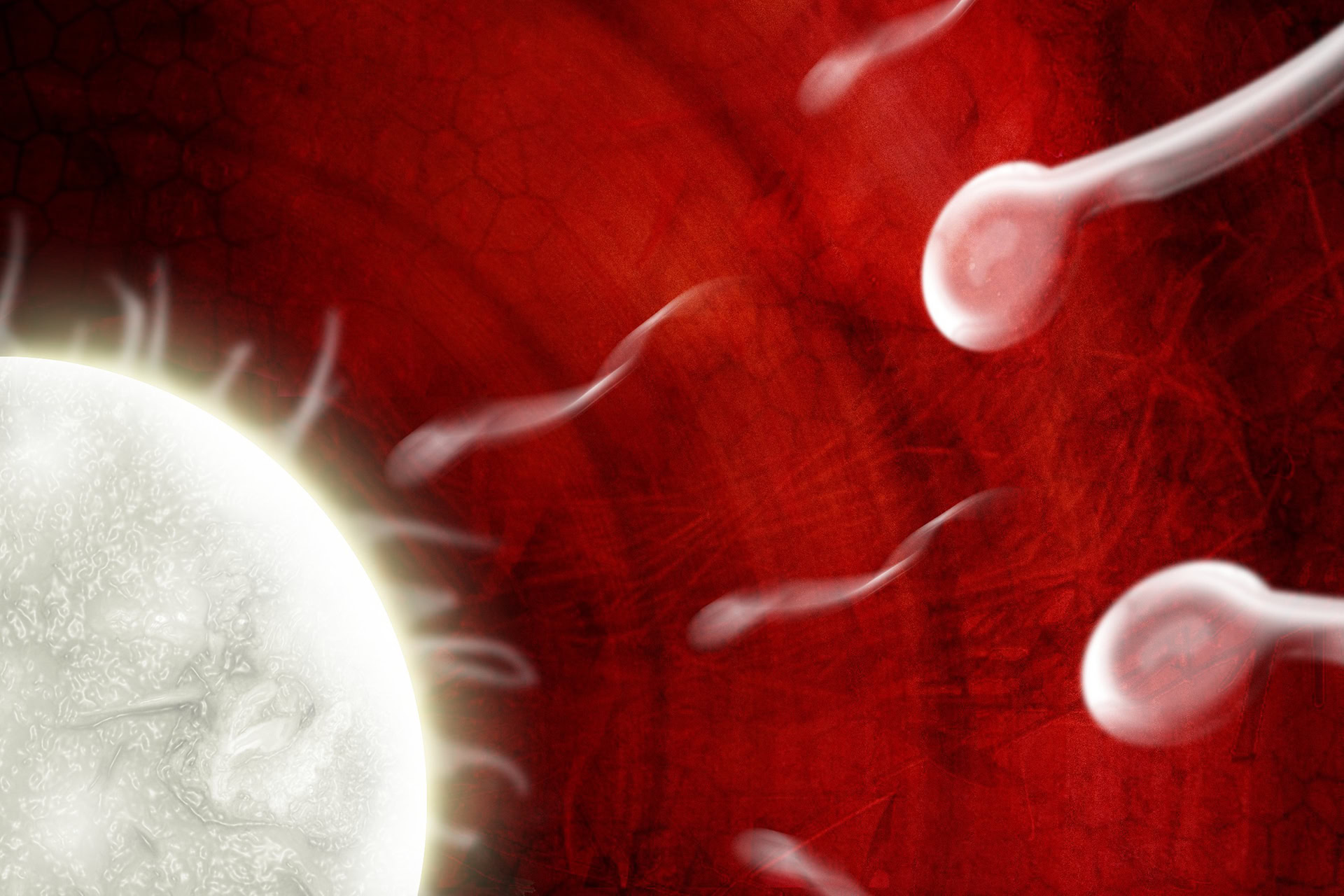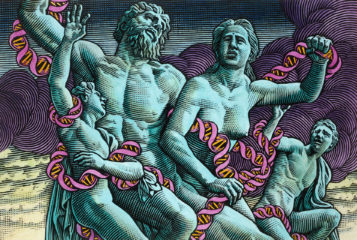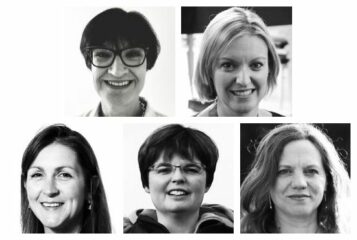Due to a change in the law in 2005 (see BioNews 242), some donor-conceived people who turn 18 in October 2023 will be able to apply to the UK's fertility regulator, the Human Fertilisation and Embryology Authority (HFEA), for identifying information about their donor. This process is known as 'opening the register'. The Progress Education Trust (PET) marked this occasion with a diverse panel of speakers, who gave insights into the significance of this development.
Sarah Norcross, director of PET, opened the discussion by reflecting on the developments of the current law, and how, in the early noughties, court cases, consultations and debates led to the 2004 Regulations which abolished donor anonymity and led to the introduction of 'identity release' egg, sperm and embryo donors. She opened the discussion by asking the audience to consider: '18 years on, are we prepared?'
First to speak was Rachel Cutting, director of compliance and information at the HFEA, who described the process of opening the register, which involves an application via the HFEA website, identity verification, donor notification and information release. At age 16, donor-conceived people can access non-identifying information about their donor, including:
- Physical characteristics.
- Number of children.
- Ethnicity.
- Year of birth.
At age 18, they can access identifying information, namely:
- Name.
- Date of birth.
- Last known address.
At age 18, a person can also register with Donor Sibling Link to make contact with donor siblings who have also registered. Cutting pointed out that the HFEA has already provided people with identifiable information, since some donors – who donated before the change in the law – decided to re-register as identifiable. More than 300 such donors have re-registered. She finished by setting out three HFEA priority areas regarding the register, which were;
- Ensuring effective processing of applications.
- Ensuring multi-layered support services.
- Effective communication with patients, clinics and the public, such as the #WhoisMyDonor campaign (see BioNews 1208) and urging donors to update their details.
These priority areas are important, she noted, as 'information the HFEA provides really does change lives'.
Next to speak was Laura Bridgens, director of Donor Conceived UK, co-chair of the Donor Conceived Register's Registrants Panel and a donor-conceived person. Donor Conceived UK is a new peer-led organisation which aims to enable the best possible outcomes for donor-conceived people. Bridgens opened by making the important point that in order to apply to find out about their donor, donor-conceived people have to know that they are so conceived, But such disclosure is not required by law, and not all parents are committed to openness; a meta-analysis in 2016 found that the probability of parents disclosing was less than 50 percent, she said.
Bridgens made several interesting points capturing aspects of donor-conceived people's experiences. First, she noted that while opening the register from 2023 onwards is significant, it is important not to lose sight of other cohorts of donor-conceived people (conceived pre-1990 and between 1990-2005), for whom different laws and policies apply (see BioNews 1146). Anonymity is arguably now defunct, due to direct-to-consumer DNA testing, meaning that all cohorts of donor-conceived people, donors and their families need support. Second, she stressed the complexity of the issues arising from donor conception, such as the psychological implications of meeting new relatives, navigating changing family dynamics and the pain of kinship loss. Third, she emphasised that life-long support is vital, since donor conception leaves lifelong intergenerational legacies, meaning that it affects generations of families connected to both the donor-conceived person and the donor.
The next insight came from Rebekah Dundas, a mother of three donor-conceived children and a former member of the HFEA. Dundas explained that her children were conceived with anonymous gametes from a Danish clinic in 2005, under transitional arrangements, whereby the use of anonymous gametes was permitted until 31 March 2006. Dundas explained that even though donor information may never be known, her children were brought up with openness. They had a My Story book from Donor Conception Network and they attended Donor Conception Network events, where they met other donor-conceived children.
She shared that her children have varying levels of interest in asking the HFEA for information, and explained that she and her husband have tried to manage the children's expectations, to avoid them being disappointed if only very limited information is available. Dundas noted that her children's views may change over time, and that the biggest challenge will come if – in the future – one child very much wants to know, while another child very much does not. Dundas ended by acknowledging that family relationships and bonds are often complex and that the inclusion of donors and donor half-siblings adds to this. She emphasised that support for young people needs to reflect their age and stage and should be based on openness and transparency.
The final speaker was Nina Barnsley, director of the Donor Conception Network, and member of the HFEA's Legislative Reform Advisory Group. Donor Conception Network is a charity which provides information, support and community to donor-conception families. It promotes a climate of openness, on the basis that honesty is a good foundation for family life (on disclosure, see BioNews 1168). Barnsley explained that disclosure should be an ongoing process, and helpfully broke down the disclosure process into five stepping stones:
- Knowing about donor conception.
- Knowing details about the donor.
- Accessing contact details.
- Making connections.
- Building relationships.
Throughout these stages, there is a balancing act between how the information is disclosed and the interest levels of the child. She also noted that curiosity and interest can vary over a child's life and that sometimes parents also change their minds about disclosure. She shared that sometimes situations arise where some children wish to know donor information while their siblings do not (echoing what Dundas had said), or where grandparents of a child wish to know about donors when parents do not. She concluded that what is important is a climate of openness, different models of support, easily accessible information and informed decision-making for all families.
The panel was followed by an informative Q&A. It started with a discussion of the fact that there is currently a significant waiting time for donor information, and that everything possible is being done to address this. It also addressed what should be included in implications counselling, and what organisations should provide counselling (see BioNews 1194), whether there are plans to increase support for donors and their families, and whether recording the last known address for donors is outdated.
The Q&A also discussed appropriate ages for disclosure, with both Barnsley and Dundas speaking about telling children during infancy so that they never recall a time that they did not know. It was acknowledged that the law cannot do anything about a situation where a child under 18 does not want to know information about their donor, but may have this information revealed to them through an 18-year-old sibling who accesses this information.
In conclusion, the event provided an insightful, thoughtful and honest discussion of donor conception from a wide range of perspectives. Overall, it was clear that while the opening of the register is a significant occasion, there should be a focus on donor-conceived individuals, donors and families from all eras – taking into account their complex, unique and intergenerational experiences.
PET is grateful to the Scottish Government for supporting this event.
The next free-to-attended online PET event – taking place next week, on Wednesday 11 October 2023 – will be Innovation from the Pandemic: From Video Appointments to Electronic Consent.
Find out more and register here.






Leave a Reply
You must be logged in to post a comment.